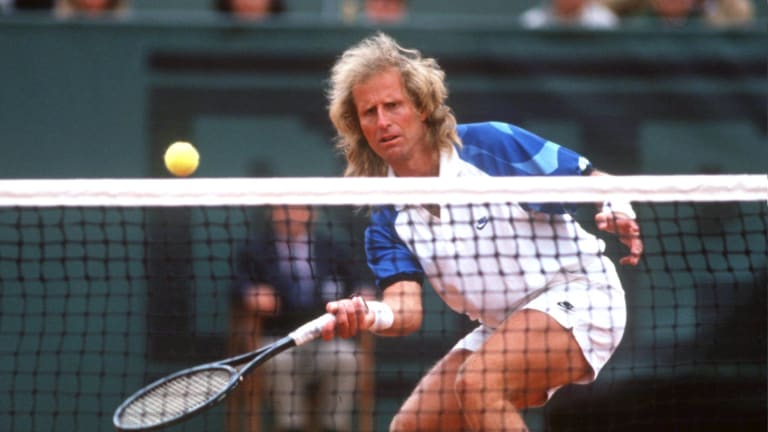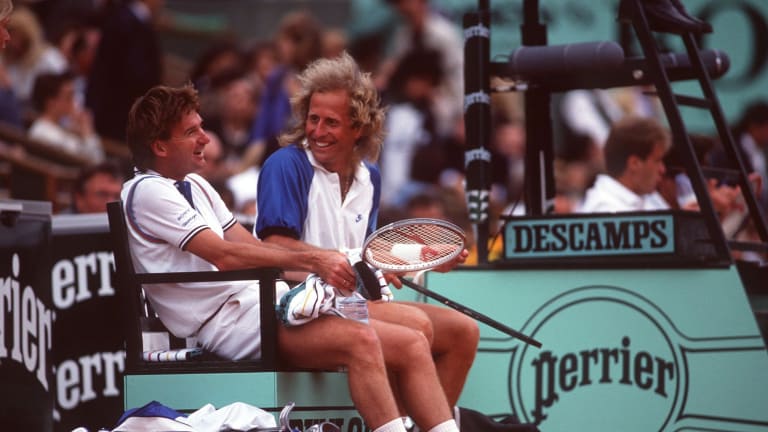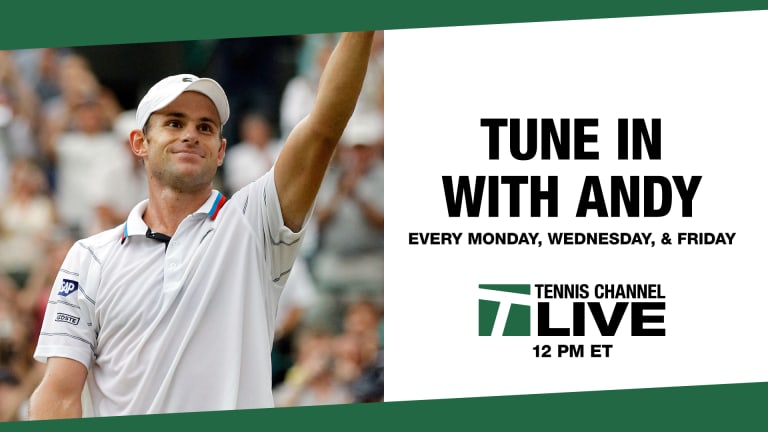The undeniable legacy of Vitas Gerulaitis: How to be a better human
By Apr 03, 2020Style Points
FIRST LOOK: Coco Gauff to debut new Miu Miu x New Balance tennis collection in Rome
By Apr 23, 2025Travel
The Oeiras Open, which Carlos Alcaraz won four years ago, has one of the most beautiful Center Courts in the world
By Apr 23, 2025Social
Reilly Opelka's latest 'rating' revealed: the views from his hotel room in Madrid
By Apr 23, 2025Madrid, Spain
Alexandra Eala vs. Iga Swiatek: Where to Watch, Madrid Preview, Betting Odds
By Apr 23, 2025Madrid, Spain
Italian teenager Federico Cina, 18, scores second ATP Masters 1000 victory with Madrid win
By Apr 23, 2025ATP Challenger Tour
Lithuanian-born, Spanish-trained Vilius Gaubas is ready to take on the world
By Apr 23, 2025Madrid, Spain
Joao Fonseca vs. Elmer Moller: Where to Watch, Madrid Preview, Betting Odds
By Apr 23, 2025Madrid, Spain
Learner Tien vs. Marcos Giron: Where to Watch, Madrid Preview, Betting Odds
By Apr 23, 2025Social
WATCH: Denis Shapovalov is still not over Diego Dedura’s over-the-top celebration
By Apr 23, 2025The undeniable legacy of Vitas Gerulaitis: How to be a better human
He did this with his spirit, a Pied Piper-like capacity for inclusion, generosity and empathy—be it donating thousands of racquets to at-risk children, to treating numerous friends and newly met acquaintances for meals.
Published Apr 03, 2020
Advertising

The undeniable legacy of Vitas Gerulaitis: How to be a better human
© Getty Images
Advertising

The undeniable legacy of Vitas Gerulaitis: How to be a better human
© Getty Images
Advertising

The undeniable legacy of Vitas Gerulaitis: How to be a better human